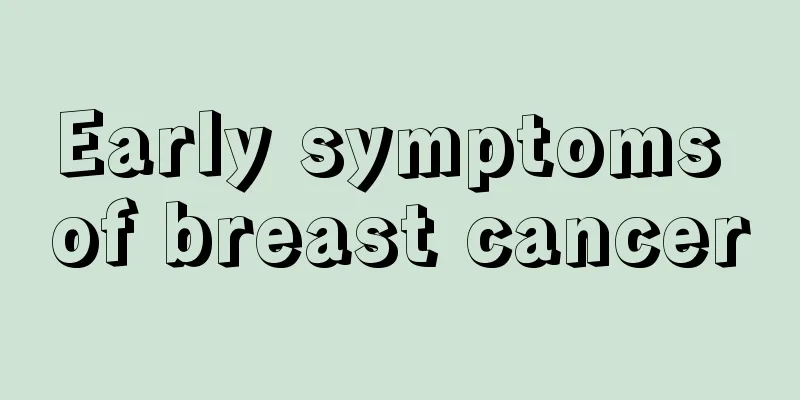What are the causes of environmental pollution?

|
The environment is very important to each of us. If we live in a polluted environment for a long time, it will not only cause problems with our physical health, but also have a great impact on our daily life and work. In fact, there are many reasons for environmental pollution, including man-made, industrial, etc. Different environmental pollutions bring different hazards. Environmental pollution classification 1. According to environmental factors: air pollution, soil pollution, and water pollution. 2. According to properties: explicit pollution and implicit pollution. 3. According to human activities: industrial environmental pollution, urban environmental pollution, and agricultural environmental pollution. According to the nature and source of environmental pollution: 1. Chemical pollution, biological pollution, physical pollution (noise pollution, radioactive pollution, electromagnetic wave pollution, etc.), solid waste pollution, liquid waste pollution, and energy pollution. 2. Land pollution: Garbage disposal has become a major issue in major cities. Among the tens of millions of tons of garbage produced every day, much cannot be incinerated or decomposed, such as plastic, rubber, glass, etc., which are mankind’s number one enemy. 3. Marine pollution: mainly crude oil leaked from oil tankers and oil wells, pesticides and fertilizers used in farmland, wastewater discharged from factories, and acidic solutions discharged from mines; they have polluted most oceans and lakes, resulting in not only marine life being harmed, but also birds and humans may be poisoned by eating these organisms. 4. Air pollution: refers to the concentration of pollutants in the air reaching or exceeding harmful levels, leading to damage to the ecosystem and normal human survival and development, causing harm to humans and organisms. This is the most direct and serious, mainly coming from carbon monoxide and hydrogen sulfide released by factories, cars, power plants, etc. Every day, people get respiratory or visual organ diseases due to exposure to these polluted air. 5. Water pollution: refers to the change of chemical, physical, biological or radioactive properties of water due to the intervention of certain substances, thereby affecting the effective use of water, endangering human health or damaging the ecological environment, and causing water quality deterioration. 6. Noise pollution: refers to the phenomenon that the environmental noise generated exceeds the national environmental noise emission standards and interferes with the normal work, study and life of others. 7. Radiation contamination: refers to the presence of radioactive substances or rays exceeding national standards on the surface or inside of materials, human bodies, places, and environmental media due to human activities. Environmental pollution has three main effects on human health: 1. Acute hazards: When the concentration of pollutants is very high in a short period of time, or when several pollutants enter the human body together, they can cause acute hazards to the human body. 2. Chronic hazards: Chronic hazards mainly refer to the harm caused by the continuous effects of small doses of pollutants on the human body. Such as the impact of air pollution on the incidence of chronic respiratory inflammation. 3. Long-term harm: The harm of environmental pollution to the human body usually manifests itself after a long latent period, such as the carcinogenic effect of environmental factors. The main carcinogenic factors in the environment are physical, chemical and biological factors. Physical factors, such as leukemia and lung cancer caused by external radiation exposure or inhalation of radioactive substances, and biological factors, such as tropical malignant lymphoma, have been proven to be caused by a virus transmitted by blood-sucking insects. Chemical factors: According to animal experiments, there are more than 1,100 carcinogenic chemicals. In addition, pollutants have a great impact on genetics. All living things have the characteristic of genetic variation. The harm of environmental pollution to human genetics is mainly manifested in mutagenic and teratogenic effects. |
<<: Is back pain caused by uremia?
>>: Does it hurt to crush urinary stones?
Recommend
How to remove blackheads
The place where blackheads are most likely to acc...
Gastric pyloric tumor
The situation of gastric pyloric tumor cannot be ...
How to reduce swelling on swollen cheeks
The area below the human ear is called the cheek....
How to supplement shortness of breath with food?
The most basic characteristic of human life is me...
The role of amino acids, help digestion and easy absorption
Any food has its own function, and different food...
Can soaking sea buckthorn in wine lower blood sugar?
Can drinking sea buckthorn wine lower blood sugar...
What are the secondary and tertiary prevention of lung cancer? Two things you must know to prevent lung cancer
As we all know, primary prevention is to nip lung...
What are the early symptoms of lung cancer bone metastasis? There are two obvious symptoms of lung cancer bone metastasis in the early stage
What are the early symptoms of bone metastasis of...
How to prevent intravenous phlebitis?
In modern medical technology, various treatment m...
Will jaundice occur if transaminase is high?
Newborns will develop jaundice soon after birth. ...
O blood type and O blood type
Everyone has a different blood type, and differen...
What to do if the calf muscles bulge
The bulging blue veins on the calves are an abnor...
How to Make Your Own Soap
As everyone pays more attention to health preserv...
What is the cause of cough after radiotherapy for nasopharyngeal carcinoma and what is the treatment method?
After radiotherapy for nasopharyngeal carcinoma, ...
What to do if you have difficulty falling asleep for a long time
Many middle-aged and elderly people sleep less, h...









